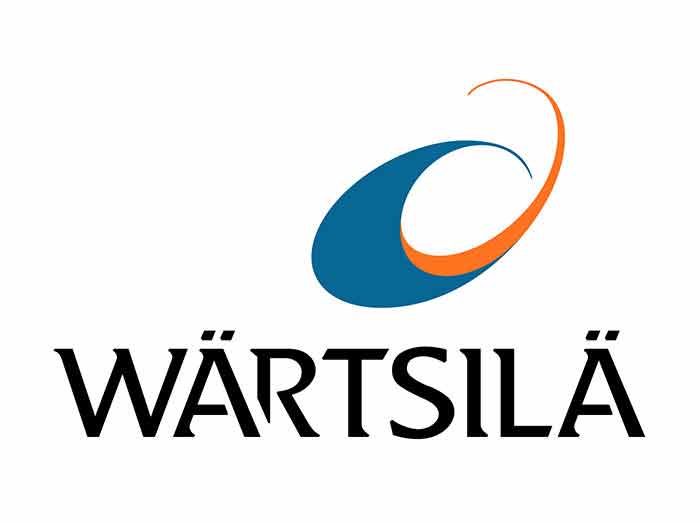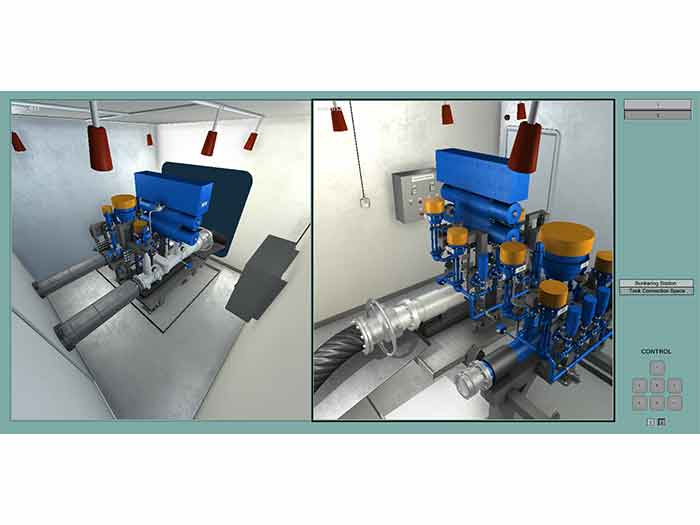
Wärtsilä launches LNG bunkering/supply simulator
Written by Nick Blenkey
Wärtsilä is launching a new LNG bunkering & supply system simulator. It says the simulator will promote greater safety onboard LNG-fueled vessels by improving the level of training for operators of LNG systems.
The design is based on the well proven Wärtsilä LNGPac and Gas Valve Unit (GVU) technologies, and includes all auxiliary systems used in connection with the fuel supply. The design is also in accordance with the STCW requirements for training seafarers onboard gas fueled ships to standards demanded by the IGF Code – the international code of safety.
The scope of simulation includes all operations related to the use of LNG fuel, from bunkering to gas fuel supply and engine operations, as well as troubleshooting. It provides realistic representation of the user interface for remote and local operating posts, as well as animated 3D vizualisation to facilitate situational awareness training. A ready prepared set of scenarios for tutorials and assessments is available as an additional option.
“As the move towards LNG fuel gathers pace in the marine industry, it is essential that crews are thoroughly and expertly trained on handling the related systems. This new simulator is designed to raise training levels on LNG bunkering and supply systems, and will therefore also raise onboard safety levels,” says Sergey Tarasov, Solutions Manager, Wärtsilä Voyage Solutions.
The Wärtsilä LNG Bunkering & Fuel Supply System simulator is available as a one-off purchase or on an annual subscription basis. It is part of the successful TechSim 5000 product line, which includes various engine room and liquid cargo handling simulators that have been installed in training centers around the world. The LNGPac simulator enables a number of different configurations tailored to the customer’s needs.





